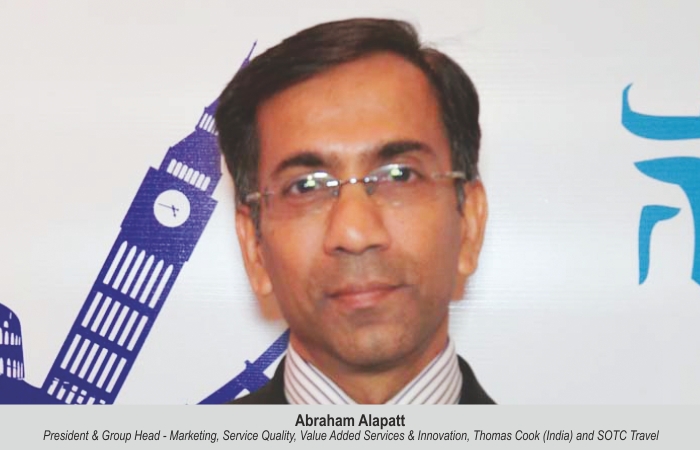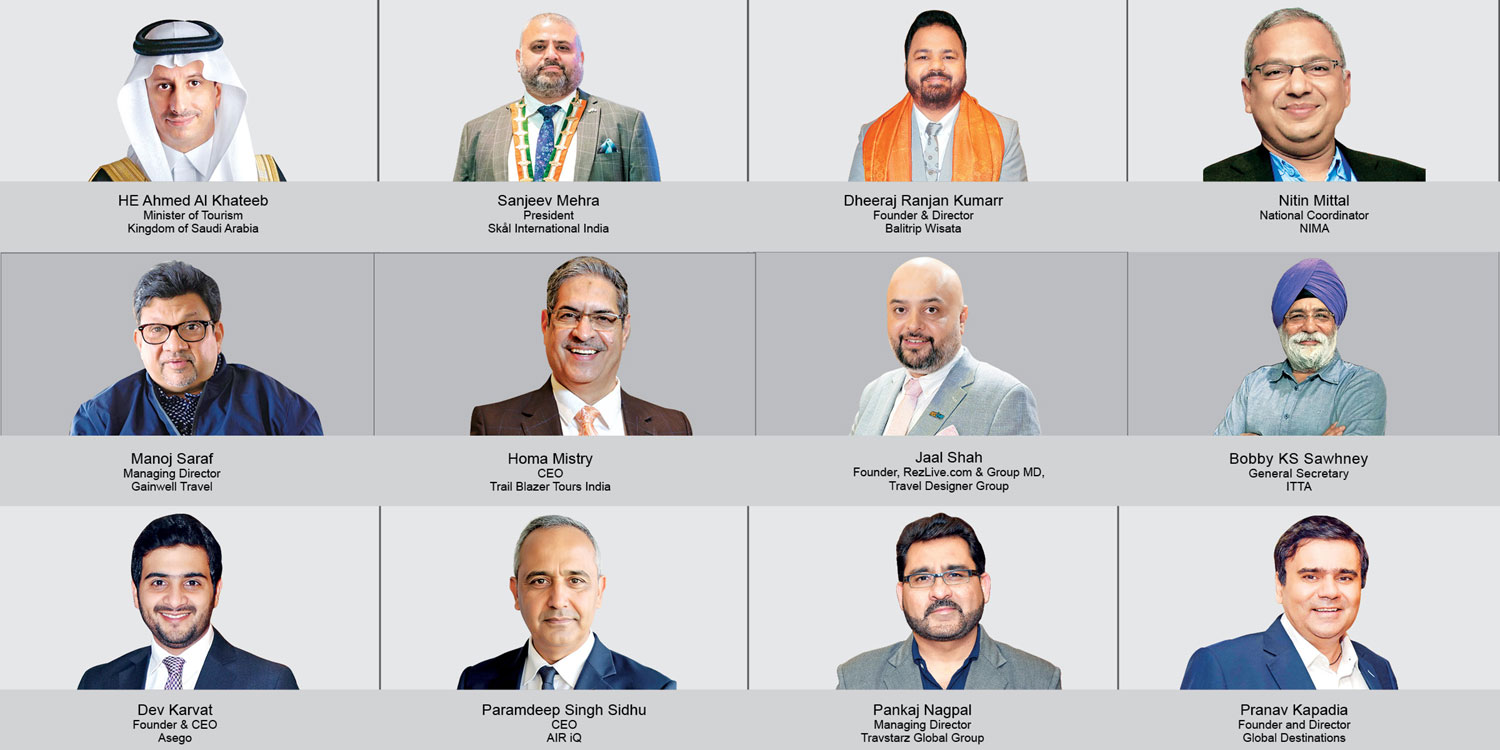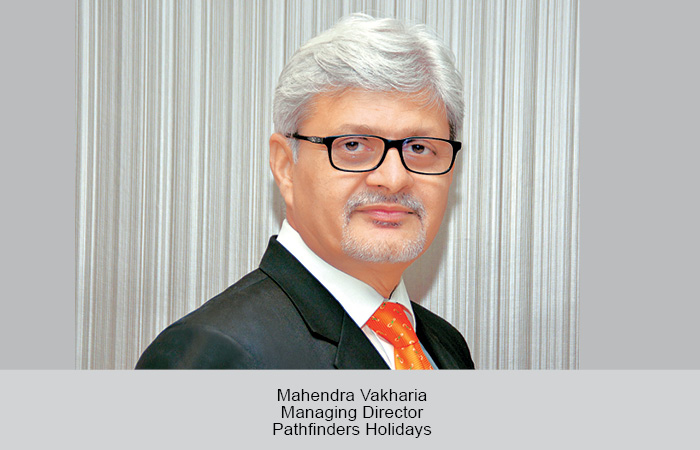The new-age millennial traveller is often defined by their age bracket. But Abraham Alapatt, President & Group Head – Marketing, Service Quality, Value Added Services & Innovation, Thomas Cook (India) and SOTC Travel, disagrees. He shares his idea about who these travellers might be and why it makes a lot of business sense to tap them.
Hazel Jain
The risk with defining new-age travellers, says Abraham Alapatt, President & Group Head – Marketing, Service Quality, Value Added Services & Innovation, Thomas Cook (India) and SOTC Travel, is that it is often mistaken with the age of the traveller. “According to me, being a millennial traveller is not about age at all, it is about a mindset. It is about the way these travellers think, which is different from the way travellers historically did. To my mind the big difference is that they travel for local experiences that the destination has to offer, rather than to see a place. It needs to be authentic, and to that, it can be about people, culture, art, food, dance, anything. To my mind, this is a major element that separates the new-age traveller,” he says.
From the economic standpoint, this new-age traveller is really about willing to invest in experiences rather than the number of places they see, feels Alapatt. “They are willing to spend more to get an experience that is harder to get as long as its genuine and possibly not too mass market,” he adds.
Growing niche in India
Is this relevant for the India market? Alapatt answers in the affirmative. “To use a demography like India, where almost 40 per cent of the population is young, where essentially 440 million travellers are theoretically millennials. India has the youngest demography in the world so to speak. And the centre of economy power has already moved to their hands. They are the ones who are earning and spending more right now. They are the ones who are making India the fastest growing economy in the world – it is not the parents. The parents have already spent and are now in saving mode. They are into retirement in some sense. This is the age of the customer that is spending. Due to the large young population and because they want to spend and enjoy life right now, that is the most crucial economic power that all brands are going after. This is where they will make the most returns,” he opines.
Staying relevant
As a travel service provider, the key is to be able to curate the best collection of experiences for budgets, for time and for specific interests that the customers have, he adds. “A provider’s ability to do that to scale and consistently, is important. And because they are experiences, you can’t always ensure each customer has the same experience, so you have to be able to pretty much manage those variations and experiences as well,” he says. From Thomas Cook India’s point of view, Alapatt has seen a huge rise in the FIT segment. “While group travel continues to be important, we are seeing big portion of travellers who want to travel at their own pace, with their own agenda. Therefore, we have built a whole lot of capability there – both from technology point of view, which is the ability to package holidays dynamically where you can get real-time inventory and pricing, and curate a set of experiences and price it on the fly. Moreover, we have built this for niche interest groups – whether it is biking camping, trekking, glamping, or wildlife. So, we are building around experiences with best-of-class providers who can manage the experience from that niche point of view,” he says.
Essentially, what Thomas Cook India doing is involving experts in various special interest tours. “There are providers who specialise in handling biking tours. So, we distribute, we create but we partner with people who can deliver on the ground. The idea is to be able to offer services for these niches,” Alapatt adds.
 TravTalk India Online Magazine
TravTalk India Online Magazine





